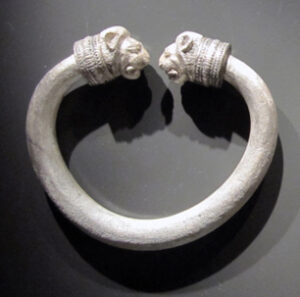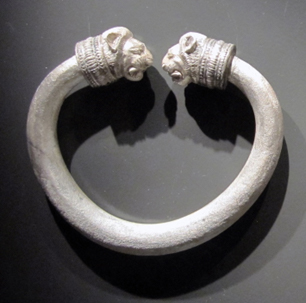Achaemenid Elements in the Material Culture and Art of the Northern Aegean

.
The ancient written sources document a temporary Persian political control over the northern Aegean region (Macedonia and Aegean Thrace) during the late 6th and the early decades of the 5th century BCE, as well as continuing contacts with the Achaemenid world through the final moments of the Persian Empire in the late 4th century BCE. At the same time, however, the archaeological imprint of a Persian presence and impact locally has long been difficult to define in the lack of any systematic scrutiny of the relevant scanty and scattered testimony of the archaeological record.
The present project focuses on selected types of vessels and jewelry and even architectural remains from this northern region of the Greek mainland that date from the period of the Persian empire, and which display affinities with eastern, and in particular with Achaemenid, material culture and art.
The aim of the project is to explore the artistic and social contexts of these artifacts and the insights that the entanglements of local and Achaemenid traditions and cultural elements offer about the Achaemenid impact upon the lifestyle and worldviews of local elite groups down to the emergence of the Empire of Alexander.
